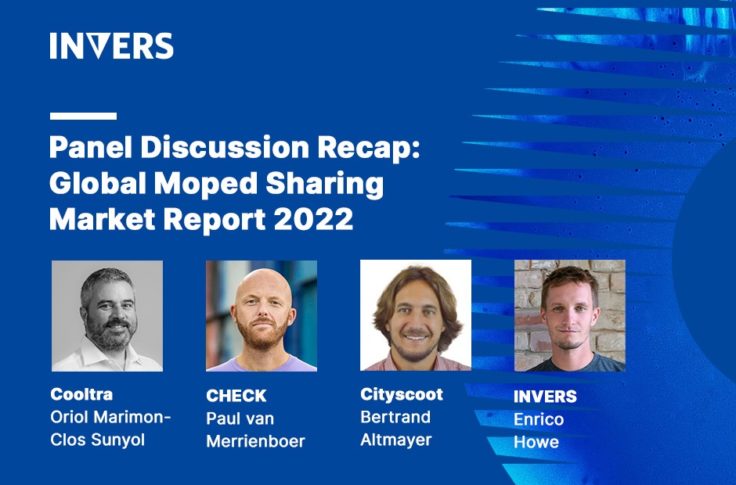The More Mopeds, the Better
Summary
Moped sharing covers trips that may take too long to walk, and when getting into a car may not the most efficient way. With majority of shared mopeds being electric, this form of micromobility is primed to grow in the North American market.
This article was originally written for and appeared in CoMotion’s Perspectives.

It’s time for more people to understand the benefits mopeds have to offer, and why having shared electric mopeds on the streets of cities will improve how people get around. Why? Well, let’s start with the basics:
- 97% of shared mopeds on the road are electric. That means no greenhouse gasses contributing to pollution on the road. This also means quieter streets for non-drivers to enjoy.
- Mopeds are smaller than cars. That means congestion is minimized when people choose shared mopeds over cars. This also means that when it comes to parking, they take up less valuable space that can be better used, whether that be for parklets or to make complete streets.
- On average, trips made with a shared moped are 15-20 minutes or 4-5 km in distance. That means mopeds are able to cover trip distances that would likely take too long to walk, so people are choosing a more efficient way to get around.
These statistics highlight the immense potential benefits that moped sharing can have on cities. According to Govecs CEO, Thomas Grubel:
“Moped-sized scooters are today’s ideal solution for urban mobility. They are environmentally friendly, easy to use, and allow people to travel on urban roads faster and more efficiently than with any car. In sharing schemes, the customer pays only for the time used, and the search for parking does not exist. Our experience and historical data show that quality electric scooters offer a lifetime of at least 3 to 6 years and therefore contribute very positively to climate challenges.”
From 2017 to 2018, moped sharing grew by over 200%. Spain is now home to the most number of shared scooters, beating out Germany who had the largest fleet previously. In Madrid alone, there are over 4,500 scooters available for people to ride. In comparison, there are only 2,600 carsharing vehicles available in the city.
It’s not just places with warm climates that see moped sharing succeed. France, for example, has seen the number of shared fleets grow by 130% last year, and new markets emerge in the Netherlands and Switzerland. Even with the average winter in Germany being 3 degrees Celsius, there are close to 3,000 shared mopeds on the road.
In North America, we expect moped sharing to take off, even though so far, its growth isn’t quite as comparable as in Europe. But if we take a page from carsharing, that started off in Europe and is now a staple part of the shared mobility ecosystem in North America.
Fortunately, the moped sharing space in North America is pointing towards sustained growth. In 2012 there was just one operator, Scoot, in San Francisco. Looking at the past year, we’ve seen Revel enter Brooklyn and Washington DC, Scoobi enter Pittsburg, Muving enter Atlanta and Miami, and oJo entering the Texas market.
Even with more players now, that does not mean there is less opportunity. In fact, the opposite is true. The first-movers are doing a great job in getting people aware of electric mopeds, and are warming up cities and future members of this new micromobility service. There isn’t a large player that is dominating the market, and mopeds fit in nicely between kick scooters and cars.
As with any new form of mobility, there will be barriers and obstacles to entering the market. People may not feel comfortable driving the moped alongside SUVs and pick-up trucks, and some cities may require special licenses for mopeds. However, as with any new form of mobility or even any change that happens in a city, people will adapt and embrace these options for the better.


